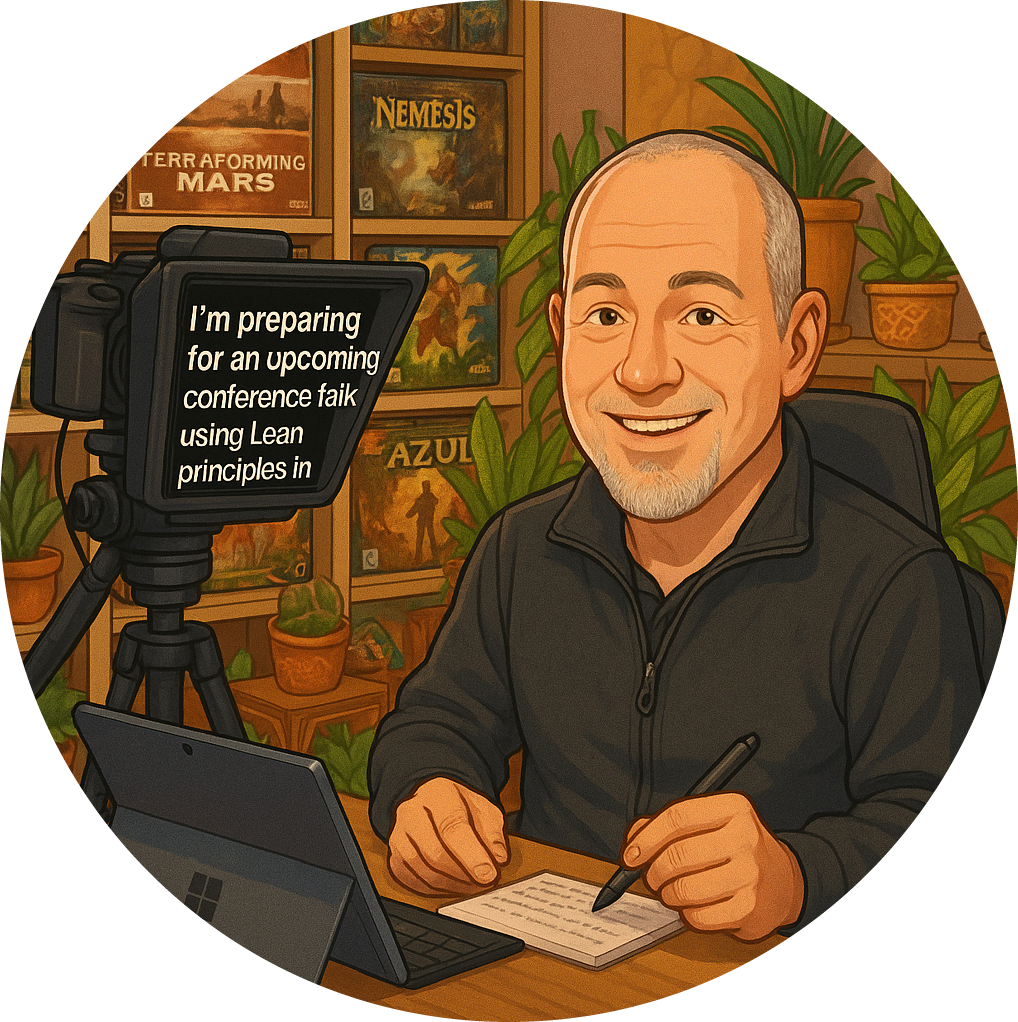Confronting Complexity
In Part 2 of this exploration, we dive deeper into another pivotal reason that makes Lego a less-than-ideal tool in Scrum training.
The challenge? Acknowledging complexity. 🤯🚀
Complexity in Focus
A fundamental idea we aim to instil is understanding the nuanced complexity of contemporary work, especially when it veers into uncharted territories. 🌌💼
Lego: Over-Simplification of Reality
Navigating the world of Scrum training, we often encounter tools that aim to elucidate concepts, yet sometimes, as with Lego, we find ourselves facing an oversimplification of the intricate realities we aim to convey.
Uniformity Over Variance 🧱: Lego pieces, designed to fit perfectly, oversimplify the intricate, often messy, world of software development .
Incompatibility Issues 💻: Real-world software pieces, unlike Lego, are notorious for their integration challenges, something Lego fails to emulate.
Why Lego Falls Short
Oversimplification 🎭: Using Lego can lead to an unrealistic expectation of seamless integration in complex tasks.
Mismatched Metaphors 🤹: The consistency and predictability of Lego contrasts starkly with the high variance and uniqueness of software projects.
Trivialising Challenges 🕹️: Lego inadvertently minimizes the struggles faced when merging disparate elements in software development.
How-to Foster Realistic Understanding
Embrace Complexity 🔍: Choose training tools and exercises that mirror the unpredictable nature of real-world tasks.
Strategic Analogies 🗺️: Opt for metaphors and examples that do justice to the challenges faced in software development.
Realism Oversimplification
In understanding why Lego may not serve as the best conduit for Scrum training, it’s essential to recognize the need for aligning training tools with the realities of complex, uncharted endeavours.
Stay tuned for more insights in this exploration. 🌟🔄



























